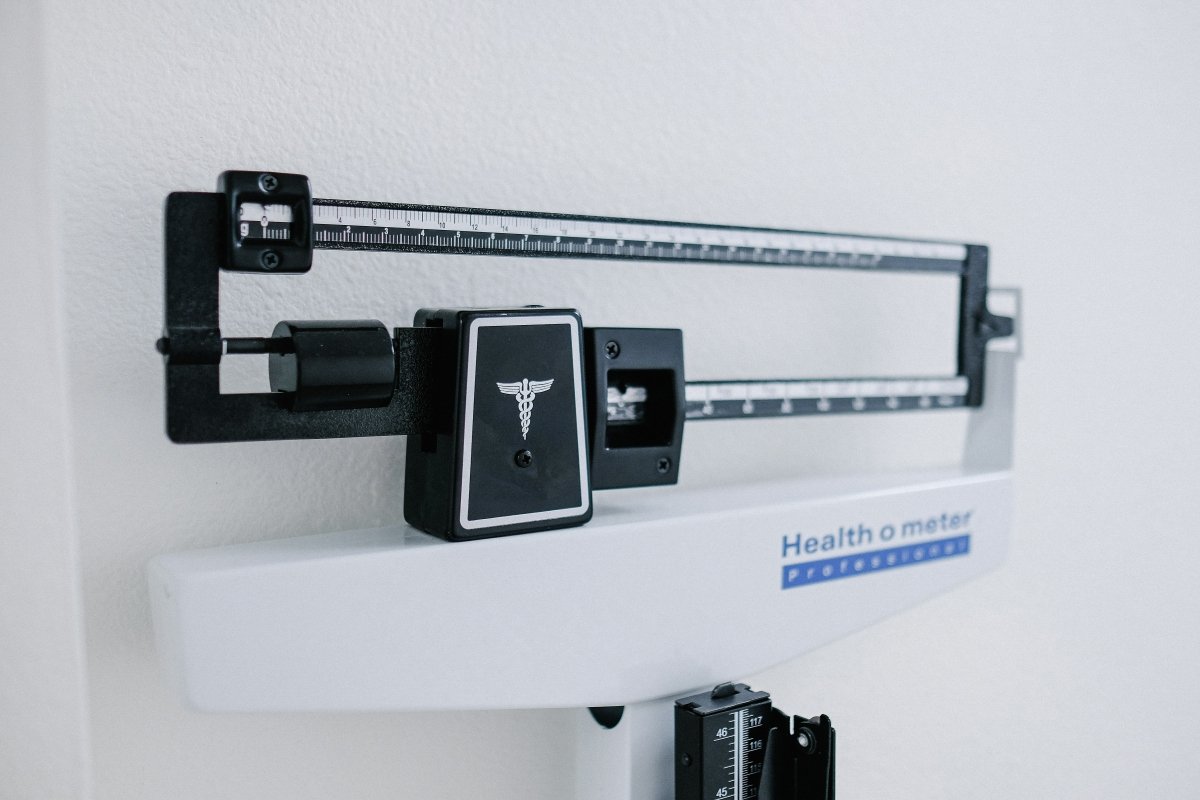Blood clots can be scary. A small piece of hardened blood can cause havoc in the heart and brain of anyone unlucky enough to experience it. They seem to strike at random and the effects can have devastating consequences. However, research into the cause of clots is revealing that it might not be so random. In fact, genetics have a strong influence on the likelihood and circumstances where blood might form clots.
Certain proteins found in blood create what is called a “clotting cascade” when the body is damaged in some way. These proteins are directly responsible for forming clots. A vast array of other proteins throughout the body influence this process indirectly by making those clotting proteins more or less active. Normally, these proteins are inactive in the bloodstream and only come in toplay when you get a cut. However, some disease processes can trick the system into acting like it has been cut, and certain mutant proteins can make the clotting cascade easier to trick into action.
Damage to your blood vessels can come about in two forms: extrinsic damage from an external factor like getting a cut or a scrape on your knee, and intrinsic damage from sources within your body like hypertension and smoking that wear at the inside of your vasculature over time. Both of these processes start differently and result in different parts of the clotting cascade being activated. However, regardless of where the damage is coming from, it ends up activating a protein called Factor X (the Roman numeral X, not the letter). Activated Factor X leads to two proteins called thrombin and fibrin respectively being activated. From here the clotting process accelerates with thrombin and fibrin working together to form a large tangled mess called a fibrin clot. These fibrin clots are the beginning of every true blood clot and can be large enough to plug a blood vessel themselves before platelets and other factors start getting attached.
FactorX that rests at the top of this process like a gatekeeper. Once its work is done the progress to a clot is inevitable. If there has been no damage, the result of an innocuous clot could be a stroke or worse. So, clearly a large number of elements within your blood are there to check whether Factor X gets activated and the speed of this process. Enter the creatively named Factor V.
FactorV is an interesting protein in that it is not itself enzymatically active, but facilitates the work of other proteins and processes. In this case, it drastically increases the activity of Factor X and snares platelets to be entangled within the fibrin web. With Factor V on board, a slowly building fibrin clot becomes a rapidly accumulating mass of cells and protein that can plug a cut or, just as easily, an artery.
Usually, Factor V is broken down in the bloodstream so it doesn’t stick around and exacerbate innocuous clotting cascades. However, a certain genetic mutation in your DNA can make a Factor V protein that is much more active. These Factor V “Leiden” (FVL) proteins are resistant to the processes that normally remove Factor V. This means FVL sticks around in your blood stream much longer, aggravating Factor X and making the chances of a large clot forming ever more likely. The evidence around FVL is clear.
People who carry the mutant protein are much more likely to form dangerous clots and suffer from all the health effects that ensue.
Having a dangerous protein that could be lurking unseen in the DNA of anyone in the population, is an unnerving thought. Luckily, there is a way to test for it. Modern genetic testing means finding out about your Factor V status is as simple as spitting in a tube. Genetic results and even a doctor’s consultation can all be done online and from the comfort of your own home.
Blood clots can be a scary business, but as Lovecraft, the master of horror wrote “the oldest and strongest fear is fear of the unknown”. Get a DNA test done and don’t let blood clots remain unknown.
Also, we know women have a higher risk of blood clots than men at the same age, likely because of both pregnancy and the use of oral contraceptives.
Our Woman Wellness test is made to help women learn their risk of blood clots, but also to understand their reproductive health, folate levels, side effects and risks of Hormone Replacement Therapy. After taking the test, your results will be reviewed by one of our specialists who will build specifically for you an action plan to implement true changes into your diet and lifestyle.
Don't wait, be in control of your health!
Published on June 2018 by Tavid Westerhoff-Mason
Updated on February 2019 by Laetitia Dancourt





Share:
Blood Pressure in Postmenopausal Women
Contraceptive Pills and Risk of Blood Clots